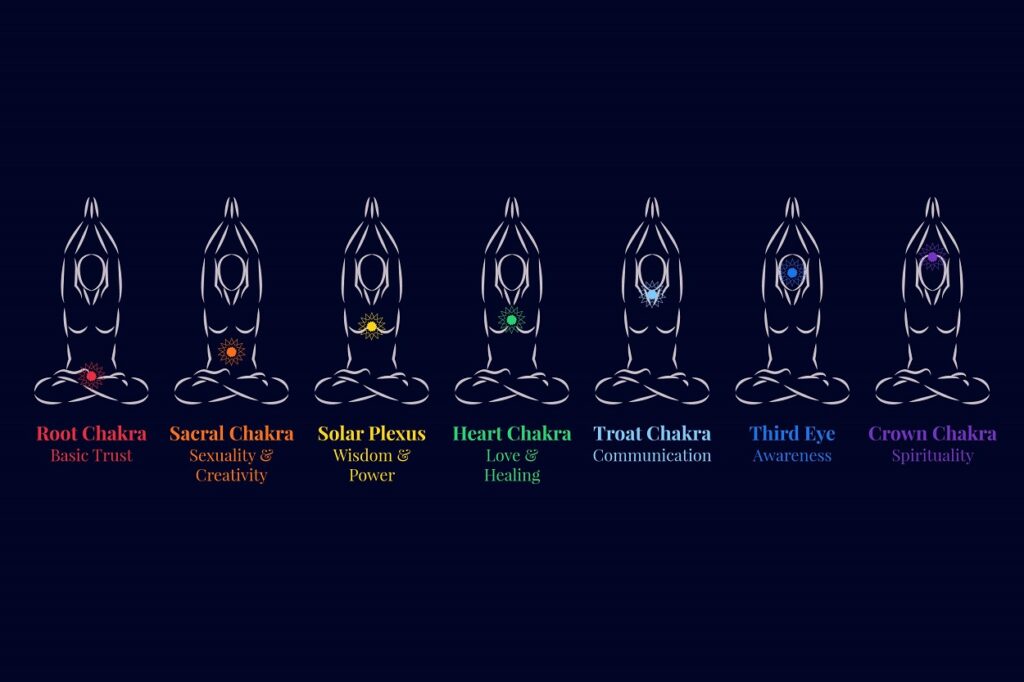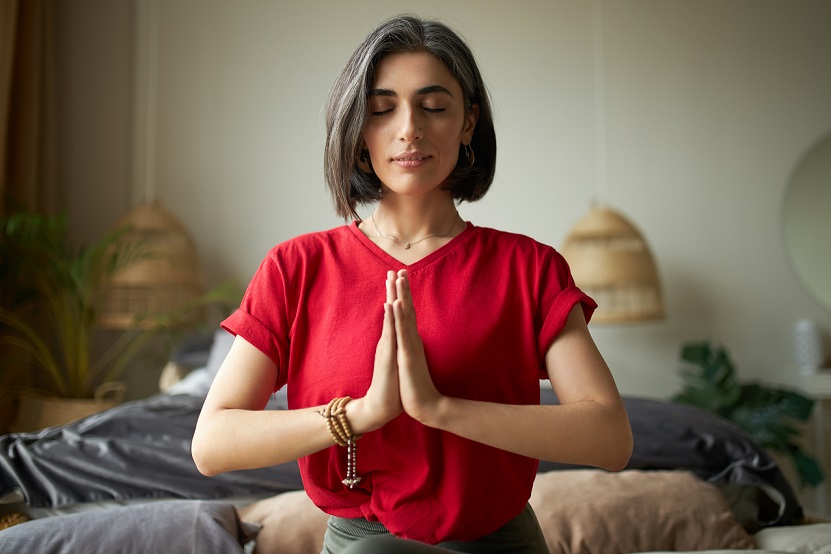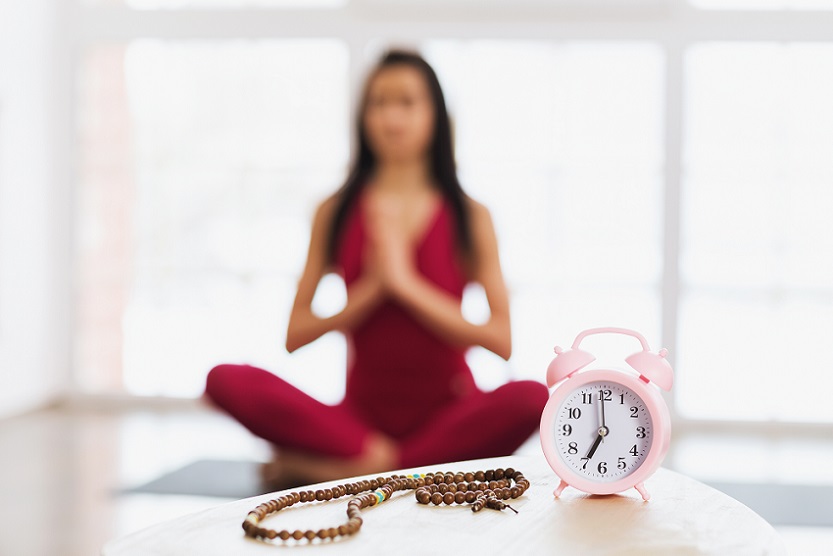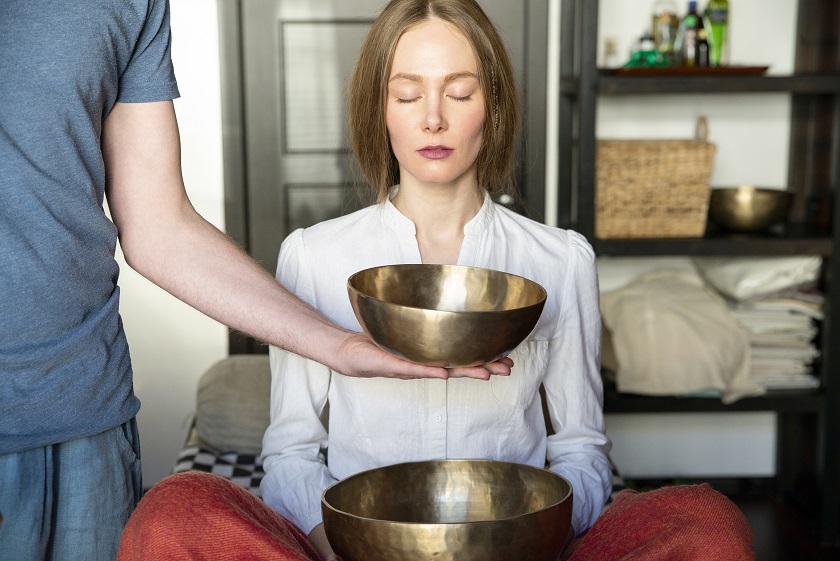What Is Meditation Part II:
For many, meditation is synonymous with sitting in a cross-legged pose with your arms resting on your knees while making humming sounds. While this is certainly one style of meditation, it is definitely not the only type, nor does it do the practice justice when discussing the plethora of potential benefits.
We’ve talked much about how meditation in general can benefit your mental and physical health. It’s even been researched to help with attributes such as concentration, focus, self-esteem and self-worth.

Meditation has continued to rise in popularity in part because of what was once more anecdotal evidence, becoming more science based. Research on meditation has even found that meditation increases likelihood of success if practiced daily. Furthermore, certain types, may improve the brain’s problem-solving and decision making strategies.
Parents of school aged kids, even some schools themselves, have begun to use meditation for kids as a way of stress-relief, or substitutes for behavioral related issues.
In this particular post we’ll further discuss popular forms of meditation. Not one from of meditation is “right” for every person. Oftentimes, it’s very individualized, and what feels the most comfortable for each person.
The end result of many meditation practices is an increase in mindfulness, reduction of stress and anxiety, enhanced relaxation, and a better sense of balance within your life.
Related Article: The Role of Meditation for Stress Management: Everything You Need to Know!
I. Mindfulness Meditation

Mindfulness meditation is one of, if not the most popular style of meditation. With the high amount of stress in today’s fast-paced world, and known negative consequences on the body from stress, there seems to be a greater need then ever, to reduce it. Mindfulness meditation has become a popular form of meditation for doing just this very thing.
This technique or style of meditation has to do with paying attention to your thoughts. However, in order for this method to be effective, you are doing nothing more than just simply observing that the thoughts exist. Do not spend time analyzing your thoughts, just simply let them happen as a natural stream of consciousness.
It’s not about judging these thoughts. On the contrary, it’s just being aware they exist, sensing and feeling in the moment. Mindfulness meditation has been know to be effective for individuals who may lack resources of having guided meditation sessions. Oftentimes, (because it is a natural process), focusing on breath is a way to refocus or retrain your mind during this exercise.
This is also a popular practice due to it’s ease of implementation. Mindfulness meditation can be practiced truly anytime and anywhere. There are many downloadable materials to help you get started.
Are you someone who experiences or spends much of there day, planning, daydreaming and or thinking about negative thoughts? If so, mindfulness meditation can be a way to direct your attention towards the present moment. In addition, to better understanding the immediate or present world around you. Long bouts of thoughts surrounding negativity, can lead to unwarranted, unneeded stress on both the mind and body.
Related Article: A Simple Guide to Meditation Tools & Supplies
II. Focused Meditation
Focused meditation is the second type of meditation we’ll discuss. This style takes a slightly different approach then mindfulness meditation. Thus, seeking to enhance your sense of focus. Mindfulness meditation seeks to let thoughts and ideas flow through without lingering on any one of them. On the contrary, focused-type meditation involves concentration using any of the five senses.
This can also involve focusing on breath, which is also common in mindfulness meditation. However, focusing on external objects is also common within focused meditation. Examples of this can be with mala beads, specific sounds or another sensation of your choosing.

By allotting your attention span to one element, you are training your mind to be able to focus in a very granular fashion, while still remaining present in the moment. This sensation can help bring you to re-focus, if your mind begins to wander.
Steps For a Focused Mediation Session Include:
Step 1:
Firstly, surround yourself with a quiet environment. Typically, one in which you know you’ll have at least 5-10 minutes to yourself.
Step 2:
Choose your sensation. Like discussed above, this can be focusing on an object, listening to a sound, touching mala beads, etc.
Step 3:
Positioning is also key to any type of meditation session. Even more mobile types of meditation like walking meditation, usually have some sort of “preferred methods” of body position. If you’re not comfortable, it becomes harder to focus. So, maintaining your session may also be compromised. The spine should be erect, hips in a relaxed position. Use something like pillows, or cushions to help support your posture.
Step 4:
Begin to breath, focusing on slow deep breaths.
Step 5:
Begin to focus your attention on the object/breathing pattern of choice. Bear in mind all the sensations you have in the moment of your chosen focal point.
Here are some additional meditation techniques that may help you as a beginner to the practice!
III. Movement Meditation
Movement meditation is a style of meditation very closely related to yoga. Even though it is common to utilize movement meditation techniques while performing yoga, it is not exclusive to people who do yoga. Movement meditation is a subset of meditation styles that seeks to allow the practitioner to “go with the flow”.
Movement meditation could also be combined with activities such as walking or tending to a flower bed. Moreover, it involves relieving control of your mind and seeing where the free flow of your consciousness takes you. It is a way to harness the power of the meditative mind and state while doing simple movements.
This meditation method can be great for creativity bursts. Thus, letting your mind wander freely, helping you explore ideas that you may otherwise shut down. It also works well for the individual who has trouble sitting still for an extended period of time.
Examples of movement meditation include labyrinth, tai chi, and qi gong.

Final Thoughts!
These three individual methods of meditation are all very different, yet at the same time, very similar. They all use different techniques and methods in order to increase mindfulness and enhance your sense of self.
Although these are three of the most popular meditation methods, it only scratches the surface of the different styles that exist. If you think meditation would be beneficial in your life, you can start with one of these disciplines, and then as you progress, move onto different styles (like using guided music, or trying body scan meditation) to achieve the results you desire.
Resources:
- https://faculty.washington.edu/wobbrock/pubs/gi-12.02.pdf
- https://positivepsychology.com/benefits-of-meditation/
- https://www.nytimes.com/guides/well/how-to-meditate
- https://www.mayoclinic.org/healthy-lifestyle/consumer-health/in-depth/mindfulness-exercises/art-20046356



